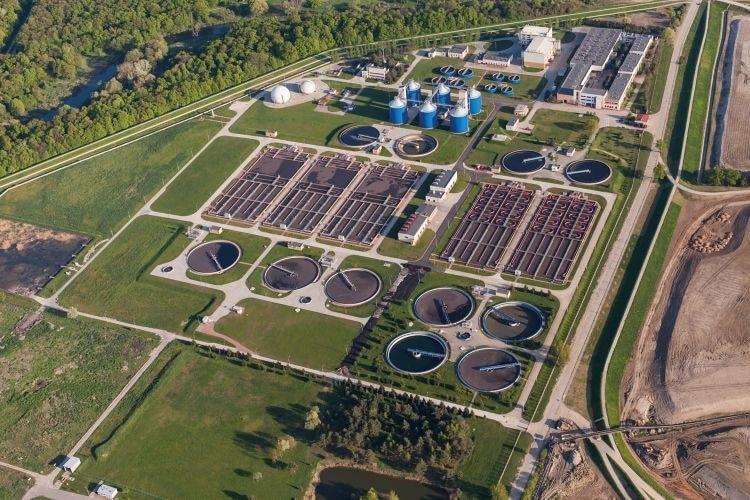Aluminum salts can be used in wastewater treatment as coagulation agent and flocculant. However, because of its toxic effect on fish, it is important to remove aluminum efficiently before the treated water is released into the environment. Metrohm offers a solution to analyze the aluminum content both in the flocculant according to the newly revised standard ABNT NBR 11176 and in the treated water before discharge by adsorptive stripping voltammetry. This allows the monitoring of the aluminum content throughout the whole wastewater treatment process.

Image Credit: Metrohm Middle East FZC
Aluminum salts, such as aluminum sulfate and polyaluminum chloride (PAC), are used as coagulation agent and flocculant for treatment of overloaded wastewater. For efficient wastewater treatment, the knowledge of the exact amount of aluminum, expressed as aluminum oxide (Al2O3) in the flocculant, is essential. This can be achieved rapidly and reliably by thermometric titration of the aluminum with sodium fluoride according to the newly revised standard ABNT NBR 11176. To learn more about this analysis, download our Application Note AN-T-224.
Aluminum has a toxic effect on fish in acidic water and must therefore be removed before the release of the treated water into the environment. The European Union stipulates the monitoring of aluminum as an indicator parameter with a maximum content of 200 µg/L. In the United States, the secondary drinking water regulations limit the aluminum content to maximum values of 50–200 µg/L. Adsorptive stripping voltammetry (AdSV) allows the measurement of concentrations as low as 5 µg/L. Compared to atomic absorption spectroscopy (AAS) or Inductively Coupled Plasma Atomic Emission Spectrometry (ICP-AES), voltammetry is a viable alternative with only moderate investment in hardware required and low running costs. To learn more about the method, download our free Application Bulletin AB-131 on this analysis.